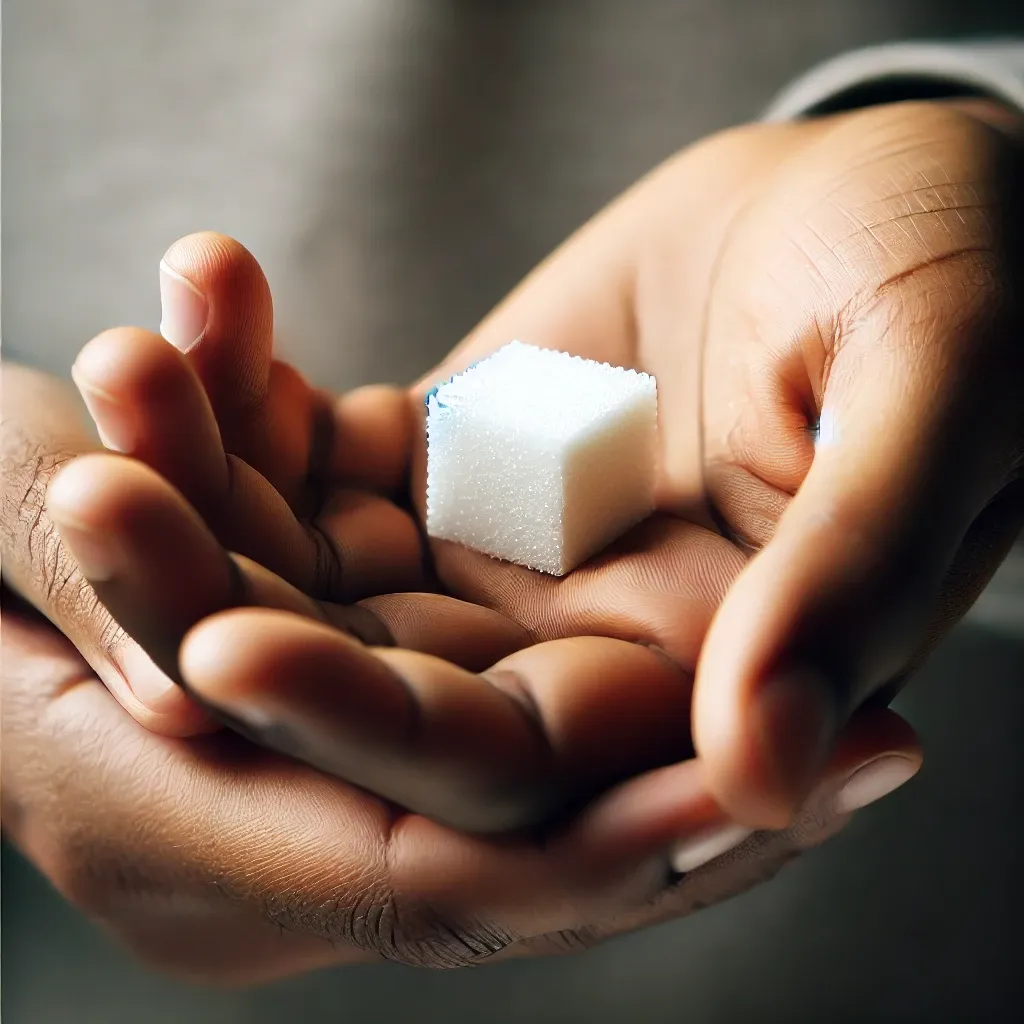Have you ever wondered how sugar affects your body beyond just weight gain? Learn how sugar can cause swelling and inflammation, leading to discomfort and pain. Find out the truth behind the sugar and swelling connection!
Sugar and swelling are two concepts that have increasingly been linked in medical research, with experts shedding light on how sugar consumption can contribute to inflammation and swelling in the body. This connection is not just about weight gain; sugar can have far-reaching effects on our health, contributing to conditions such as arthritis, cardiovascular disease, and other chronic health issues.
In this article, we will explore how sugar promotes swelling, the science behind it, and how you can manage your diet to reduce inflammation and swelling. Whether you’re dealing with persistent pain or simply want to stay healthy, understanding the relationship between sugar and swelling is crucial for improving your overall well-being.
How Sugar Affects Swelling in the Body
Sugar and Inflammation: The Root Cause
Inflammation is the body’s natural response to injury, infection, or harmful stimuli, but when it becomes chronic, it can lead to swelling and pain. One of the most significant contributors to chronic inflammation is diet, particularly excessive sugar intake.
When we consume sugar, especially refined sugars found in sugary drinks, snacks, and processed foods, our body processes these sugars quickly, causing a spike in blood sugar levels. This rapid increase triggers the release of insulin and other inflammatory molecules. Over time, this can contribute to a condition known as insulin resistance, where the body becomes less effective at using insulin, leading to higher levels of inflammation.
Mechanism Behind Sugar-Induced Swelling
The mechanism that links sugar to swelling involves advanced glycation end products (AGEs). When sugar interacts with proteins in the body, it forms AGEs, which are known to damage cells and tissues, contributing to inflammation and swelling. These AGEs can accumulate in various tissues, including the skin, joints, and organs, exacerbating chronic conditions like arthritis.
Moreover, excess sugar also influences the production of cytokines, which are proteins that regulate inflammation. High levels of sugar can increase the production of pro-inflammatory cytokines, leading to persistent swelling and discomfort.
Managing Sugar Intake for Reduced Swelling
To combat the effects of sugar-induced swelling, it’s important to monitor your sugar intake and choose foods that are low in refined sugars. Opt for natural sources of sweetness, such as fruits, and focus on whole, nutrient-dense foods like vegetables, lean proteins, and healthy fats. Additionally, increasing your intake of anti-inflammatory foods like turmeric, ginger, and omega-3-rich fish can help reduce swelling.
Pain in the Second Period: How Sugar Affects Joint Pain and Mobility
Sugar and Joint Swelling
As mentioned, sugar can contribute to inflammation, and when this inflammation occurs in the joints, it can lead to swelling and pain. For individuals with arthritis or other joint conditions, this can make movement difficult and painful. In fact, some studies suggest that a high-sugar diet can worsen the symptoms of osteoarthritis and rheumatoid arthritis, leading to greater discomfort in the long run.
When excess sugar is consumed, it can aggravate the condition by increasing synovial fluid in the joints, which causes swelling. This fluid buildup leads to stiffness, pain, and loss of mobility. The increased inflammation can also result in the breakdown of cartilage, further intensifying joint pain.
The Role of Insulin Resistance in Joint Swelling
One of the key factors behind joint swelling is insulin resistance, a condition that is closely linked to high sugar intake. Insulin resistance causes the body to produce more insulin in an effort to lower blood sugar levels. This excess insulin in the bloodstream leads to higher levels of inflammatory markers, which then target joints, muscles, and soft tissues, causing pain and swelling.
Strategies to Manage Sugar-Related Joint Pain
If you’re dealing with joint pain linked to sugar consumption, there are several ways you can manage and reduce the discomfort:
-
Reduce refined sugar intake Choose natural sugar sources such as fruits and avoid sugary snacks and processed foods.
-
Exercise regularly Gentle exercises like swimming or yoga can help improve joint flexibility and reduce inflammation.
-
Weight management Maintaining a healthy weight can take pressure off the joints and help alleviate pain associated with sugar-related swelling.
The Sugar and Swelling Period: How Long Does It Take to See Results?
The Immediate Effects of Sugar on Swelling
If you’ve been consuming a lot of sugar recently, you may already notice signs of swelling, particularly in your hands, legs, or face. Bloating is a common issue, as sugar can cause water retention, leading to visible swelling in the body. These effects can occur quickly, often within hours of eating high-sugar foods.
However, the full impact of sugar on swelling, especially in chronic conditions, may take longer to manifest. The accumulation of AGEs and the breakdown of collagen and cartilage in joints may take weeks or even months, depending on how much sugar you consume regularly.
How Long to See Improvement After Reducing Sugar
The good news is that if you cut back on sugar, you can begin to see improvements in swelling relatively quickly. Many people experience a reduction in swelling within a few days to weeks after reducing their sugar intake. By cutting out sugary foods, your body can start to heal, reducing inflammation and allowing your joints and tissues to recover.
Patience and Consistency
While you may feel some immediate relief, it’s important to be patient and consistent with your dietary changes. The body requires time to repair itself and rebalance inflammation levels. By sticking to a diet that is low in sugar and rich in anti-inflammatory foods, you’ll help your body recover in the long run.
👉 Discover More About Sugar and Health 👈
Conclusion
In conclusion, the connection between sugar and swelling is a crucial aspect of maintaining your health. Sugar doesn’t just contribute to weight gain; it actively promotes inflammation, leading to pain, swelling, and discomfort, particularly in joints and soft tissues. By reducing sugar intake and focusing on an anti-inflammatory diet, you can improve your health and reduce swelling. Remember, it’s not just about cutting sugar out of your diet; it’s about choosing whole, natural foods that support your body’s healing process.
If you’re struggling with swelling and joint pain, be sure to consider how sugar may be affecting your health. Making these small but significant changes can have a profound impact on your overall well-being.
“Take care of your body, it’s the only place you have to live.” – Jim Rohn






